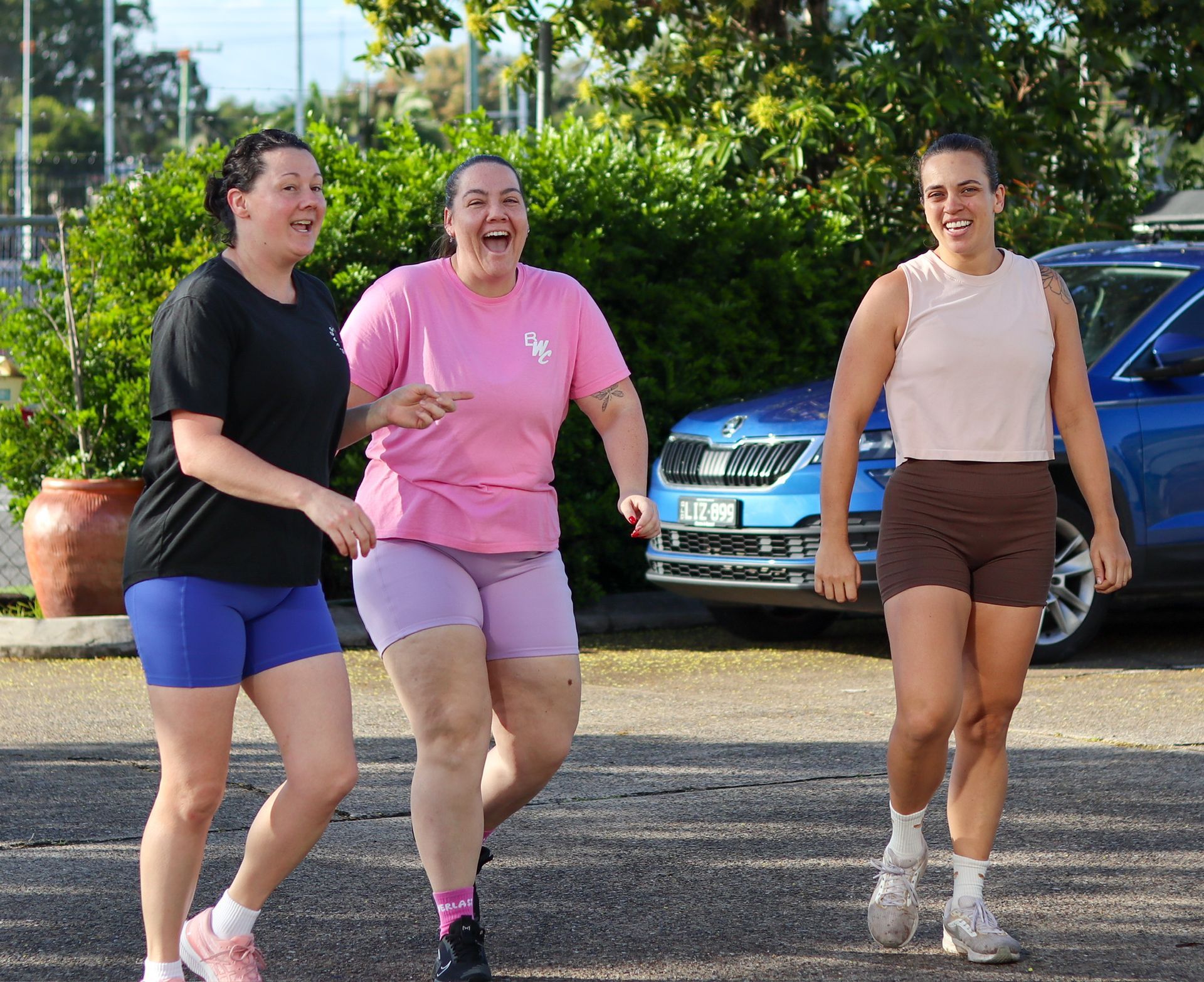How To Make Dieting Easier And More Successful
If you’ve been dieting for a while and have tried various techniques like restricting food groups, starving yourself or eating only at certain times, and yet have had nothing work for you it might be time to stop. Maybe now it’s time to take a step back, look at what you’ve been doing wrong and improve from here on.There are simple ways to set yourself up for success in dieting, but if you've been dieting long-term and aren't seeing results, it could be that you need to stop and evaluate your relationship with food. A nutrition coach can help you change your understanding and set you up for success in the long-term. Diet close to your maintenanceCutting calories drastically can be detrimental to your overall goals, and while you might see results initially, often these taper off if you've dropped unsustainably.James advises against setting unrealistic calorie goals, mainly due to the fact that your efforts go to waste eventually and causes a major drop in motivation. “What everyone tends to do straight away is say, ‘I’m going to hit 1,200 calories for a while’. But where they go wrong is that they don’t understand that energy in equals energy out. 'So, if you’re eating what you perceive as 1,200 calories, then your perceived effort changes and you’re depleting your energy stores, your weight loss may come faster, but for how long? Because what tends to happen is your non-exercise activity tends to drop, your exercise activity tends to drop and now you’re eating 1,200 and still not creating a deficit that you believe that you should be in. And then, you start to plateau, what happens when you plateau? Your training has gone to waste, you are hardly moving, and now your weight loss has stopped. After which, you let go of the idea completely because you’re not achieving the goals you’d set out for.”A strategy that can work is eating a calorie intake close to your maintenance. Maintenance is the calorie intake that would keep you at your current weight. So a marginal decrease will enable you to move and perform while still remaining in a deficit. Focus on your stepsIncreasing your step count, and just moving around, in general should be glorified. You can't out train a bad diet, but you can move more throughout the day. While the aiming for 10,000 steps may not be sustainable, James recommends aiming for 5,000-7,000 per day. “I know people struggle,' James says. 'Anywhere between 5,000 - 7,000 steps I believe makes a relatively healthy human being. But how can we push that more? A lot of people listening may say, ‘I can’t move anymore,’ ‘I can’t do more steps,’ ‘I have a sedentary job,’ - from someone who has now done this for over a decade, I can tell you clear as day, that you can move more than what you are moving. I’ve seen it, I’ve had this discussion with clients, hundreds of clients, where they tell me they can’t move anymore. Alright, let's strap a watch to you, let's strap a Fitbit to you, and let’s monitor it. All I want you to do is to focus on moving as much as possible.”He adds, “This will only help you. Again, if we can up our steps and we can up our energy expenditure, then that gives a little bit more freedom with our food, maybe we can eat a little bit more food. Really focus on your steps, focus on the amount of movement that you do.” Time frame dietsGiving yourself a time frame on your diet can help you diet for a period, then go on maintenance for a time.'I tell some of my clients as well that we’re going on a 12-week fat loss phase,' says James. 'At the end of these 12-weeks, you are going on a maintenance phase for around 8 to 12-weeks. Regardless of where you were at, regardless of what you’ve done in those 12-weeks, at the end of those 12-weeks we’re going on a big maintenance phase.”The purpose of the maintenance phase is so that you can get back to training, back to building muscle, back to changing up body composition all while you try to maintain the same weight. This will improve your body composition and give you time frames to work within. Stop restricting yourselfThe idea is simple - you can eat anything you want; you just can’t eat everything you want. To get results, you need to allow yourself permission to eat what you want, not abstain from certain foods. The moment you stop restricting yourself is when you may actually start to see results. “Ask yourself: How many years you’ve tried to lose weight? What has been the common theme of each and every single diet that you’ve done unsuccessfully?' asks James. 'By unsuccessfully, I mean that you’ve regained all the weight, or you’ve just not lost the weight. What was one of the main things that they all have in common? I can guarantee you, it’s food restriction. You’re cutting out something. You’re being restrictive somewhere along the line, so maybe it’s time to flip the diet on its head and not restrict.”“Give yourself permission to eat whatever you want. People then ask, ‘Yeah but if I can eat whatever I want, then I’ll eat everything,’ you think you will, but this has been disproven time and time again. The quickest way to get someone to do something is to tell them not to do it. People think, ‘So I can just eat 20 donuts then?’ Well, yeah you can. You can eat 20 donuts, doesn’t mean that you’re going to get results, but you can, you have permission to. And because you give yourself permission to do whatever you want, you start to make greater decisions, you start to think, ‘I can have that but do I want to?''
Previous Blogs




